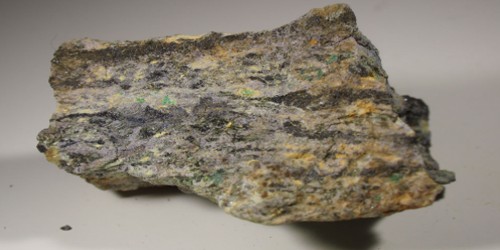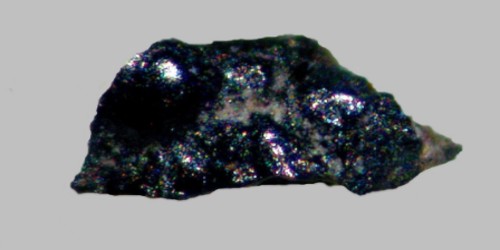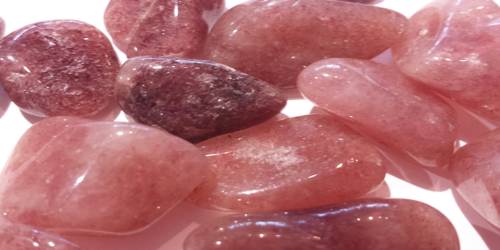Lepidolite is a lilac-gray or rose-colored member of the mica group of minerals with the formula [K(Li, Al, Rb)2(Al, Si)4O10(F, OH)2]. It is a mineral of the mica group containing lithium, typically grey or lilac in color. It occurs in granite pegmatites, in some high-temperature quartz veins, greisens, and granites. Associated minerals include quartz, feldspar, spodumene, amblygonite, tourmaline, columbite, cassiterite, topaz, and beryl.
Notable occurrences include Brazil; Ural Mountains, Russia; California, United States; Tanco Mine, Bernic Lake, Manitoba, Canada; and Madagascar.
General Information
- Category: Phyllosilicate
- Formula: [K(Li, Al, Rb)2(Al, Si)4O10(F, OH)2]
- Crystal system: Monoclinic
- Crystal class: Prismatic (2/m) (same H-M symbol)
- Color: Pink, purple, rose-red, violet-gray, yellowish, white, colorless

Fig: Lepidolite
Properties
It is a potassium lithium aluminum silicate hydroxide fluoride that belongs to the mica group of minerals. It is the most abundant lithium-bearing mineral and is a secondary source of this metal. It is a phyllosilicate mineral and a member of the polylithionite-trilithionite series.
- Crystal habit: Tabular to prismatic pseudohexagonal crystals, scaly aggregates and massive
- Twinning: Rare, composition plane {001}
- Cleavage: {001} perfect
- Fracture: Uneven
- Mohs scale hardness: 2.5–3
- Luster: Vitreous to pearly
- Streak: White
- Diaphaneity: Transparent to translucent
- Specific gravity: 2.8–2.9
- Optical properties: Biaxial (-)
Occurrence: In granite pegmatites, derived by metasomatic replacement of muscovite or biotite; in some high-temperature quartz veins, greisens, and granites.
Lepidolite occurs lilac, violet, pale pink or white and rarely grey or yellow crystals that have a vitreous to pearly luster. It can be found in Brazil, Russia, Africa, and the USA.
Association: Spodumene, elbaite, amblygonite, columbite, cassiterite, topaz, beryl, micas
It is associated with other lithium-bearing minerals like spodumene in pegmatite bodies. It is one of the major sources of the rare alkali metals rubidium and cesium. In 1861, Robert Bunsen and Gustav Kirchhoff extracted 150 kg (330 lb) of lepidolite and yielded a few grams of rubidium salts for analysis, and therefore discovered the new element rubidium.
Information Source:
















